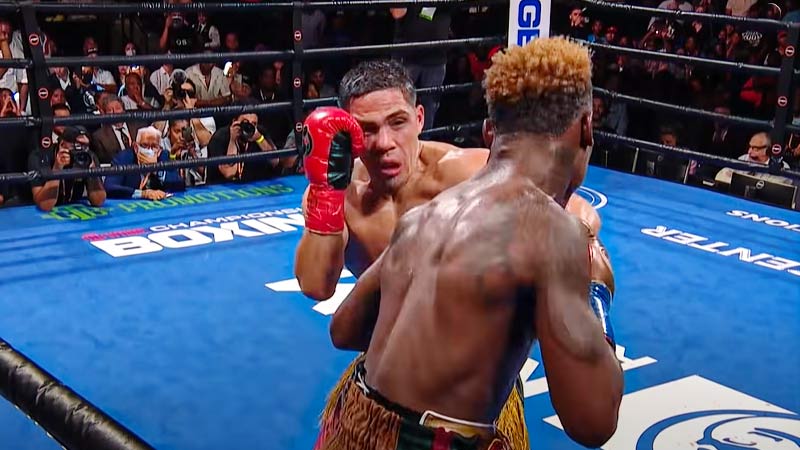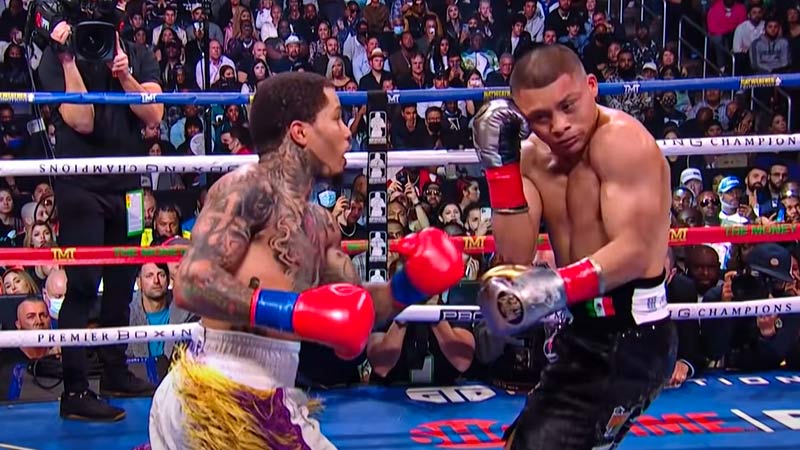In the world of boxing, every event is a carefully choreographed spectacle, with multiple fights filling the card. But what does the main card mean in boxing?
It’s the pivotal stage where the most anticipated, high-profile battles unfold. The main card showcases the crème de la crème of fighters, including championship matches, renowned pugilists, and intense rivalries.
From dramatic ring walks to psychological buildup, the main card captures the essence of boxing’s heart-pounding drama.
But what’s its significance, and how does it differ from the main event? This blog post is your ringside guide to understanding the critical role the main card plays in the world of boxing. Stay sharp.
What Does Main Card Mean in Boxing?
In boxing, the main card means the primary portion of a boxing event, typically featuring the most high-profile and anticipated bouts.
These are the fights that attract the most attention and often include championship matches or prominent fighters.
The main card usually consists of several key matchups, with the main event being the most significant and headline fight of the evening. These fights are typically scheduled last and are the main draw for fans and viewers.
Undercard bouts, on the other hand, precede the main card and are typically less high-profile but serve to build excitement and interest leading up to the main event.
The main card is where the most prestigious titles and significant rivalries are often showcased, making it the focal point of the boxing event.
The Basics of Boxing Events
Boxing events are structured with fight cards, adhere to weight classes and specific rules, often feature championship matches, and rely on promotion and marketing to create excitement and draw fans to the fights.
Fight Card Structure
Boxing events are structured with a fight card, typically consisting of both an undercard and a main card.
The undercard features less prominent or up-and-coming fighters and their matches, while the main card showcases the most high-profile and anticipated bouts, including title fights or well-known boxers.
Weight Classes
Fighters are divided into weight classes to ensure fair competition. Each weight class has specific limits, and boxers must meet the weight requirements for their division to participate.
Common weight classes include heavyweight, middleweight, and lightweight, among others.
Rules and Rounds
Boxing matches are governed by a set of rules that dictate how the fights are conducted. Rounds are typically three minutes long, with a one-minute rest period between them.
Fighters aim to score points by landing punches on their opponent while avoiding being hit themselves. Knockouts, technical knockouts, or a decision by judges can determine the winner.
Championship Matches
Many boxing events feature championship matches, where the reigning champion defends their title against a challenger. These bouts are often the highlights of the event and can draw a significant audience.
Promotion and Hype
Boxing events are heavily promoted to generate interest and ticket sales.
Promoters, such as Top Rank or Golden Boy Promotions, use various marketing strategies to build excitement, including press conferences, interviews, and face-offs between fighters. This hype adds to the anticipation and intrigue surrounding the event.
What Is the Main Card in Boxing?
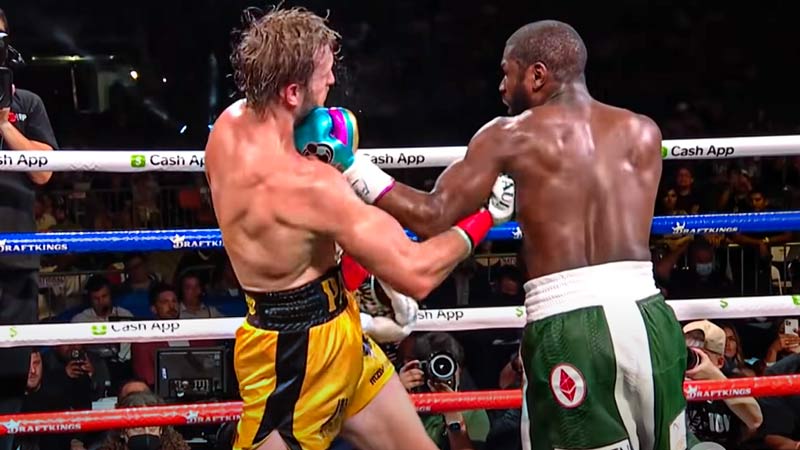
The main card in boxing refers to the central and most prominent portion of a boxing event, featuring the most significant and highly-anticipated fights.
Here are some of the key points that explain the main card in boxing:
High-Profile Bouts
The main card showcases the most high-profile and competitive bouts of the event. This includes fights between renowned boxers, title matches, or fights involving fighters with a significant fan following.
These bouts are typically the ones that generate the most attention and excitement among fans.
Headline Match
The main card typically culminates in the headline match, which is the most prestigious and eagerly awaited fight of the evening.
This main event often involves championship titles, big-name fighters, or long-standing rivalries, and it is the primary reason many fans tune in to the event.
Last Fights of the Evening
Main card fights are usually scheduled towards the end of the event, creating a sense of anticipation and building up to the climax of the evening.
The main event is usually the last fight, ensuring that fans stick around to witness the most significant contest.
Television and Pay-Per-View Focus
Television broadcasters and pay-per-view providers place a particular emphasis on the main card, as it is the main selling point of the event.
Viewers are more likely to purchase the event or watch it on television to see the main card, making it the revenue-driving component of the boxing event.
Crowd Draw
The main card is responsible for attracting the majority of the live audience at the venue.
Fans come to see their favorite fighters or championship matches, and the main card fights are where they expect to witness the most intense and thrilling action in the sport.
The main card in boxing is the heart of the event, featuring the most significant and exciting fights, culminating in the main event that often determines the evening’s winner and captivates the audience’s attention.
What Is a Main Event Ring Walk?
A “main event ring walk” is a significant and highly anticipated moment in a boxing or combat sports event.
It is when the main event fighters make their entrances into the ring just before the start of their headline fight. Here are some key points to elaborate on the main event ring walk:
Grand Entrance
The main event ring walk is a dramatic and grand entrance made by the fighters. Boxers often take advantage of this moment to showcase their personalities, styles, and sometimes, even theatrics.
They may choose to have elaborate walkout music, wear unique attire, and employ specific rituals to build excitement and engage the audience.
Psychological Buildup
The ring walk serves as a crucial psychological buildup for both the fighters and the fans. It’s the moment when the boxers transition from their dressing rooms to the arena, and it can be an intense experience.
This walk helps fighters focus, mentally prepare, and psych themselves up for the upcoming battle.
Crowd Engagement
The main event ring walk is an opportunity for fighters to engage with the live audience. Fighters often interact with the crowd, acknowledge their supporters, and sometimes exchange banter with their opponents.
The energy and anticipation in the arena during this moment can be electric, with fans cheering for their favorite fighter or expressing their support.
Television Spectacle
The ring walk is also a crucial aspect of the television broadcast. It’s an opportunity for the audience at home to get to know the fighters better and to witness the spectacle and drama of the event.
Broadcasters often provide commentary and analysis during the ring walk, adding to the overall viewing experience.
Tradition and Ritual
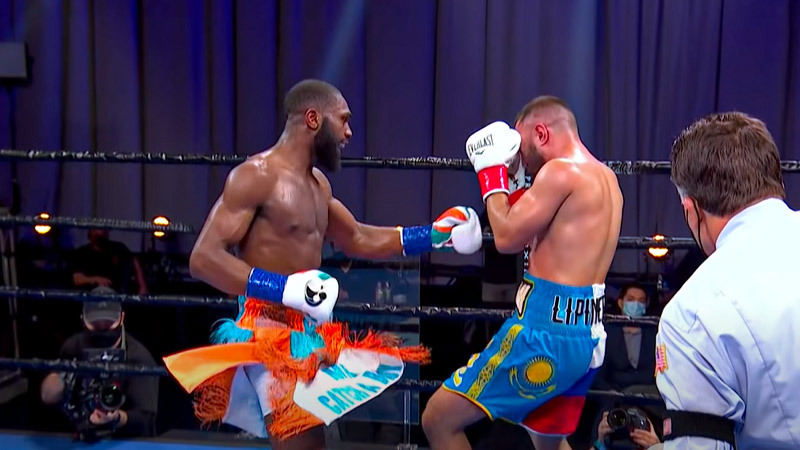
Over time, certain fighters have established traditions and rituals during their ring walks. For example, some fighters may kneel in prayer, others might shadowbox, and some engage in crowd-pleasing gestures.
These rituals become a part of a fighter’s identity and are eagerly anticipated by fans.
The main event ring walk is a highly symbolic and emotionally charged moment in a boxing event.
Main Card Vs Main Event Boxing
“Main Card” and “Main Event” are distinct but interconnected terms in the context of boxing events.
Here are the key differences and points of distinction between the two:
Main Card
Full Card
The main card refers to the entire portion of a boxing event that includes the most high-profile and anticipated fights.
It encompasses multiple bouts, with the main event being just one of them. These fights are usually significant and attract substantial attention.
Hierarchy of Bouts
The main card comprises several fights, typically arranged in a hierarchy.
While the main event is the most prestigious and featured fight, the main card can also include other important matches, such as co-main events or title bouts.
Fan Engagement
The main card is designed to engage fans throughout the evening, with the featured fights building up to the climax of the main event. It offers a well-rounded and exciting experience for both the live audience and viewers.
Duration
The main card can extend over a few hours and includes multiple bouts that serve to entertain the audience while leading up to the main event. These fights are scheduled in succession, often with short breaks in between.
Main Event
Centerpiece Fight
The main event is the most prestigious and anticipated fight of the entire boxing event.
It is the centerpiece and primary attraction of the evening, typically featuring the most well-known fighters, title matches, or significant rivalries.
Last Bout
The main event is the final fight of the night, concluding the evening’s proceedings. It is strategically placed as the culmination of the event to maximize excitement and viewer retention.
Major Draw
The main event is often the major draw for fans and serves as the main reason for attending or tuning in to the event. It is the bout that generates the most significant attention, revenue, and media coverage.
Championship Matches
Main events often include championship matches, where a reigning champion defends their title against a challenger.
These fights carry added significance and prestige, contributing to the overall excitement of the event.
While the main card encompasses the entirety of the evening’s featured fights, the main event stands out as the most prestigious and headline bout within the main card.
Importance of the Main Card in Boxing
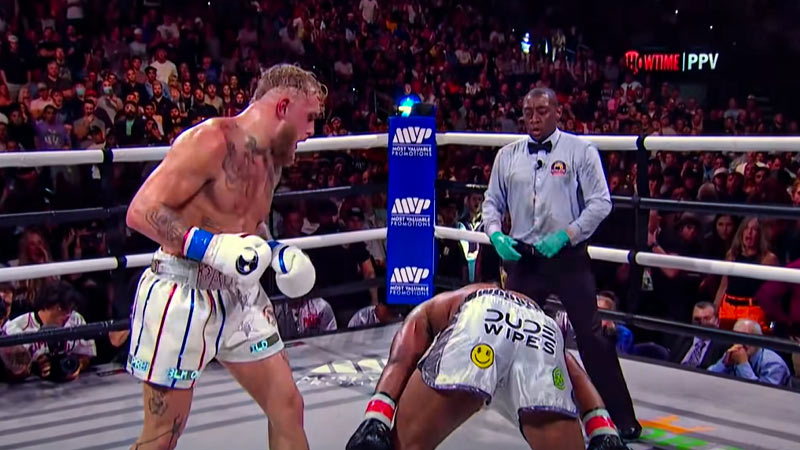
The main card in boxing holds significant importance in the overall success and appeal of a boxing event for several reasons:
Showcasing High-Profile Bouts
The main card features high-profile and anticipated fights, including championship matches or well-known boxers.
These fights serve as the main attraction, drawing in fans and viewers who are eager to see their favorite fighters in action. The presence of such bouts on the main card is crucial for generating interest and excitement.
Revenue Generation
The main card is typically the revenue-driving segment of a boxing event.
Pay-per-view providers, broadcasters, and ticket sales heavily rely on the main card fights to attract paying customers. The more enticing the main card, the greater the financial success of the event.
Media Coverage and Hype
Main card fights receive more media coverage and hype, both in the lead-up to the event and during the broadcast.
This added attention not only benefits the fighters involved but also elevates the overall event’s profile, making it more newsworthy and increasing its reach to a broader audience.
Entertainment Value
The main card ensures that the audience is entertained with a series of significant and thrilling fights leading up to the main event.
It offers a well-rounded and exciting experience, keeping fans engaged and invested throughout the evening. This variety of bouts adds to the overall entertainment value of the event.
Audience Retention
The main card, with its compelling fights, helps in retaining the live audience in attendance at the venue and viewers watching at home.
By building up to the climax of the main event, it maintains the crowd’s excitement and ensures that fans stay engaged and interested throughout the event.
The main card in boxing plays a crucial role in attracting fans, generating revenue, and creating a compelling and entertaining boxing event.
It is the segment of the event that captures the most attention, provides the most significant financial returns, and serves as the primary reason for both fans and casual viewers to tune in or attend the event.
FAQs
Is there any main event ringwalks meaning?
The “main event ringwalk” refers to the dramatic entrance made by fighters just before the headline fight in a boxing event.
It’s a symbolic moment for fighters to build anticipation, engage with the crowd, and prepare psychologically, often accompanied by unique attire and rituals.
What is the main event ring walk meaning?
The “main event ring walk” is the grand entrance of fighters into the ring before the most prestigious fight of a boxing event.
It signifies the transition from preparation to battle, engages the audience, and can be a key psychological moment for fighters to focus and psych themselves up for the impending contest.
What’s the difference between the main card and the main event in boxing?
The “main card” in boxing refers to the portion of the event featuring all the high-profile fights, including the main event.
The “main event” is the headline fight within the main card, typically involving the most renowned fighters, title matches, or significant rivalries.
How is the main card determined in a boxing event?
The main card in a boxing event is determined by promoters and organizers. They select the most compelling and high-profile fights, including the main event, to attract fans and viewers.
These selections are often based on fighter popularity, title opportunities, and the potential for an exciting matchup.
Why is the main card significant in boxing events?
The main card is crucial in boxing events because it features high-profile and anticipated fights, drawing in fans and generating revenue through ticket sales and pay-per-view purchases.
It adds entertainment value to the event, retains the audience’s interest, and is a primary driver of media coverage and overall event success.
Wrapping Up
In the exhilarating world of boxing, the main card is the lynchpin that keeps fans and viewers on the edge of their seats.
As we’ve explored, it’s the stage where the stars of the sport shine the brightest, and the most thrilling matchups come to life.
From the psychological buildup during the ring walks to the financial success it generates, the main card is the event within the event, offering entertainment, anticipation, and sheer drama.
So, the next time you tune into a boxing extravaganza, remember that the main card is where the real action takes place, and it’s what sets the tone for an unforgettable night of combat sports. Best wishes.

